Bohemian Rhapsody: Hit movie glosses over dark truths about Freddie Mercury
The hit Queen biopic focuses on the band’s triumphant rise. But there are dark moments at the heart of the story you don’t get to see.
If you want to see a film that is largely fictional, with cheesy Spinal Tap moments, and a timeline that is more warped than a vinyl record sitting in the sun, get along to watch Bohemian Rhapsody, the new Queen biopic.
Now, don’t get me wrong, Bohemian Rhapsody, starring Mr Robot’s Rami Malek, is an extremely enjoyable film in that Lifetime Movie way. But those looking for facts would be better served reading one of the many biographies of the band — or skimming their Wikipedia page.
Given the 134-minute run time, it was obviously necessary for the filmmakers to compress events, but many vital elements to lead singer Freddie Mercury’s life story are breezed over, if acknowledged at all. His strained relationship with his parents is never explicitly explained nor properly explored, and his early homosexual feelings glossed over.
Bohemian Rhapsody didn’t deserve to win at Golden Globes
There is a lot of assumed knowledge in regards to this area of his life: a flirtation with a girl that focused more on her sartorial style than on her sexual appeal is played largely for laughs, with a wink to the camera.
“You can see where this is leading,” the film seems to imply, and it’s so ham-fisted, we can.
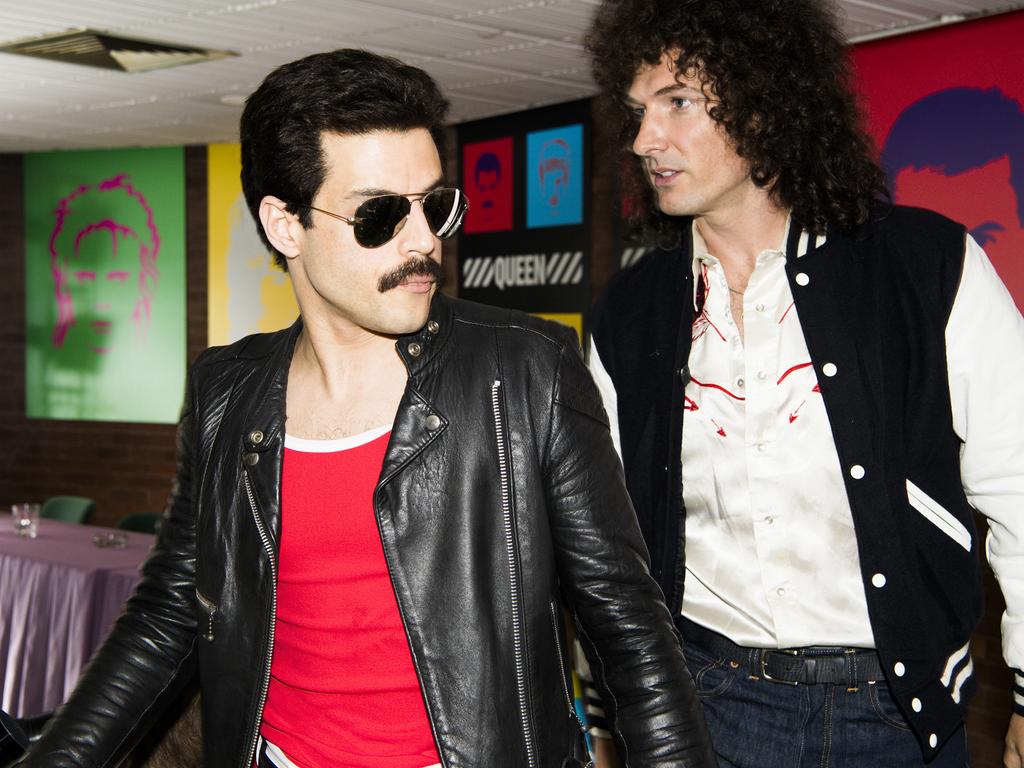
The meet-cute with the rest of the band members, the moment in which Mercury joins Queen after wowing them with his vocal prowess in the carpark of the venue is pure fantasy, and far too close to a Dewey Cox moment for comfort. Now, I wasn’t there, but I would bet the farm that Mercury didn’t get rejected because of his teeth, only to immediately belt out one of their songs, compelling the others to chime in with perfect impromptu four-part harmonies. In truth, Mercury’s appeal to the others was his charisma, rather than his vocal ability. He was a rudimentary vocalist at first, possessing none of his later warmth nor extraordinary range. The film also fails to acknowledge Queen was his third band, having fronted rock ’n’ roll groups since he was 12.
READ MORE: How Rami Malek transformed into Freddie Mercury
The film seems to have a hard time with Freddie Mercury’s sexuality, presenting a confusing and thoroughly PG moment at a truck stop as the flourishing of his active homosexual life, while casting his relationship with a member of the band’s staff as corrupt, a terrible situation that led Mercury astray.
The rest of his homosexual dalliances are treated as mere folly, aside from his 11th-hour love affair with Jim Hutton, which is shoe-horned in to give Mercury’s tale a romantic happy ending, despite never expounding on their very-real love at all.
Meanwhile, his lifelong relationship with Mary Austin (who, despite the film’s insistence, was never actually his wife), was rich with nuance: his animal attraction to her is shown more than once, while he refers to her being a “good shag” during a quite-funny family scene. In contrast, we never see him have sex with a man. We do, however, see him composing a tender love ode to Mary, we also see him rife with jealousy when she dares to carry on with her romantic life many years after they split. Mary was the true love of his life, we are told, and we are never allowed to forget this.
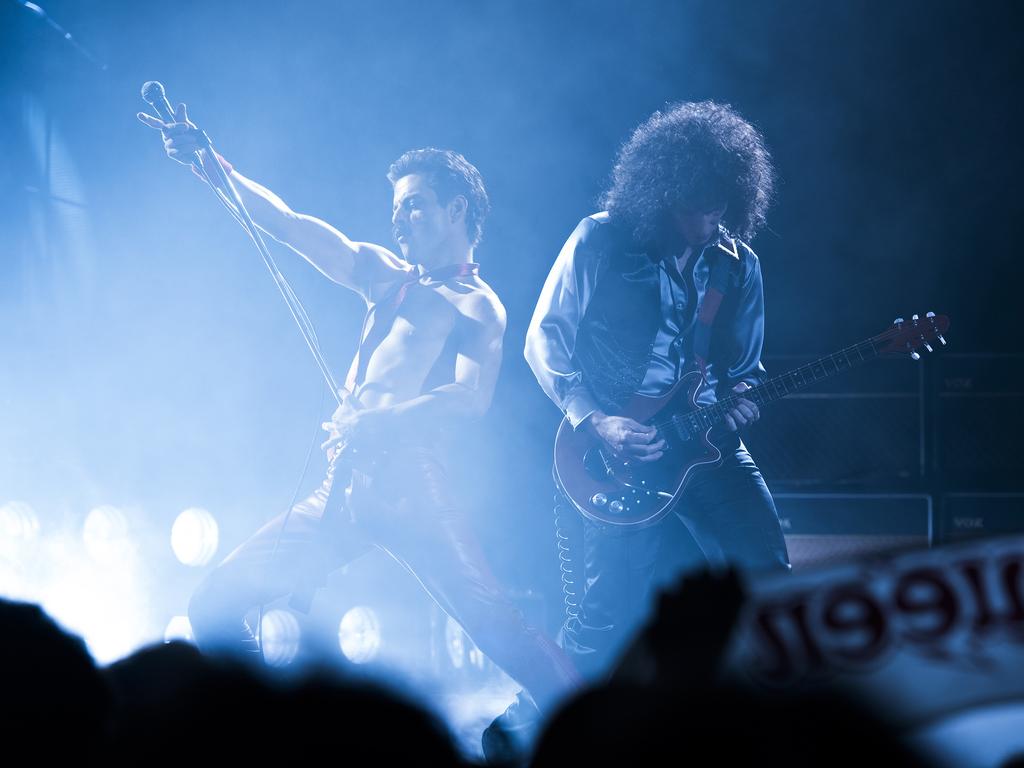
DIFFICULT TRUTH BEHIND DIAGNOSIS DENIED
Other elements of Mercury’s sexual life are completely omitted, such his many sexual escapades at legendary New York gay club Mineshift. Also ignored is that when AIDS was rampant in the gay scenes Mercury frequented, far from being scared of catching it, he continued with his promiscuity. He told a worried friend at the time: “Darling, f*** it. I’m doing everything with everybody.”
This cavalier attitude extended far. Mercury shared a lover with Gaëtan Duga, who was unfairly demonised as ‘patient zero’ in the ’80s, the man falsely accused of bringing HIV to America and spreading it through his promiscuity.
Mercury also never came out of the closet during his life, and kept his HIV status a secret until just over 24 hours before his death, when he released a statement that said nothing of his sexuality. He never told his parents about his HIV status, nor that he was gay.
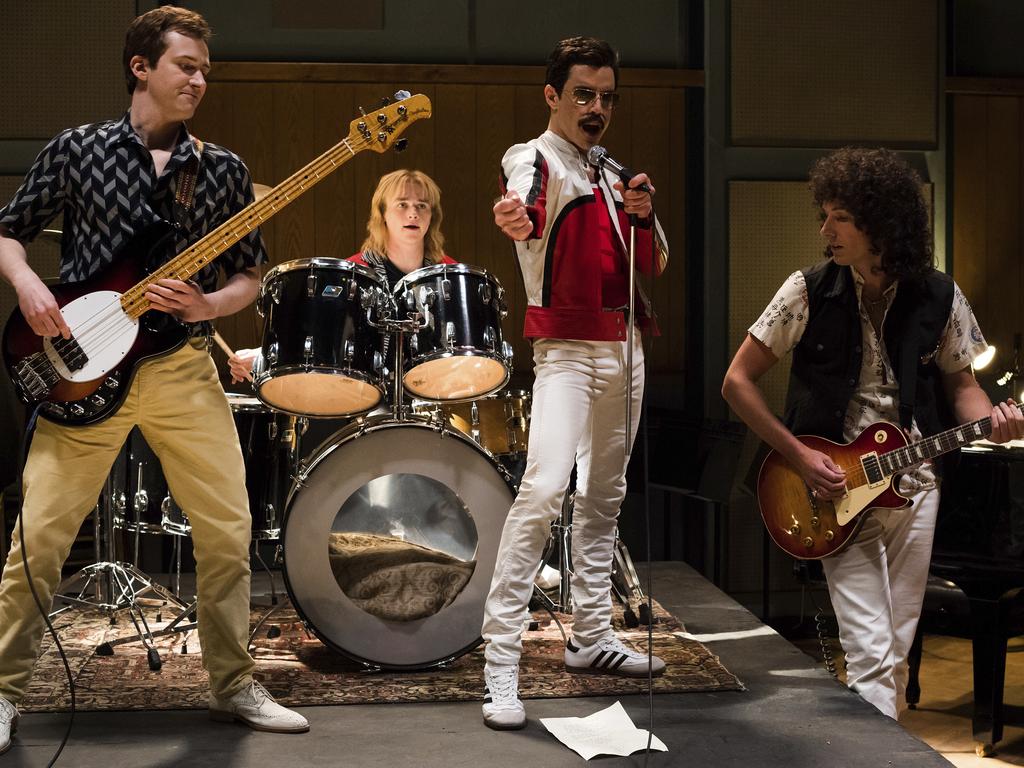
In 1994, his partner Jim Hutton told the Evening Standard that Mercury was in deep denial about his diagnosis, and that once he told Hutton they never discussed it again. “It was his cross and he wanted to carry it the way he chose — without burdening me. If something came up on TV to do with AIDS, we’d turn channels.”
In turn, when Hutton was diagnosed in 1990, he never told Mercury.
Most troubling, Mercury reportedly continued to have unprotected sex with numerous partners, including Hutton, even after he knew he had HIV. Hutton died of lung cancer in 2010.
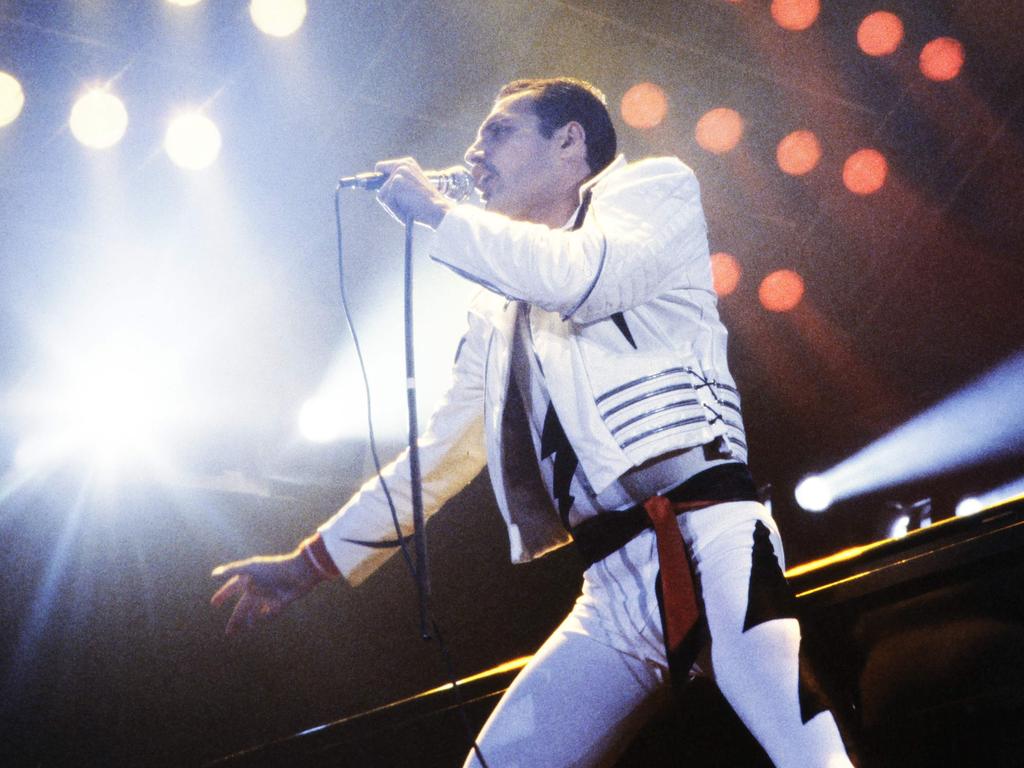
BAND INTERFERENCE AND PRODUCTION WOES
Perhaps this whitewashing had a lot of do with the band’s heavy-handed involvement. Sacha Baron Cohen was slated to play Mercury, but left the project after reaching an impasse with guitarist Brian May. Cohen wanted a much darker, sexually driven portrayal, while May didn’t want anything to hamper the conglomerate they had built around the band. After all, in 2018, Queen is less a band and more a brand, cycling through numerous lead vocalists over the years, shilling Queen Monopoly sets and sanctioning a slew of misguided, money-grabbing remixes.
The film’s uneven presentation is also a symptom of being creatively handballed around for years: it was first announced in 2010 with Cohen playing Mercury until he left the film in 2013. It languished for three years, until Rami Malek signed on in late 2016, with shooting starting in September 2017. By December, director Bryan Singer was booted from the project after sexual assault allegations. Dexter Fletcher (aka Spike from Press Gang!) took over and completed the film, which was rushed to cinemas. In short: the production of Bohemian Rhapsody was a mess, and it shows. Even the title screams laziness.
The film is replete with winking in-jokes too: a heavily made-up Mike Myers references his own Wayne’s World by claiming Bohemian Rhapsody would never have kids headbanging in the back of cars; earlier Mercury plays a few notes from the song on a piano and wryly notes it shows promise, while a self-awareness of early clanger I’m In Love With My Car that wasn’t actually there at the time is inserted for an easy laugh.
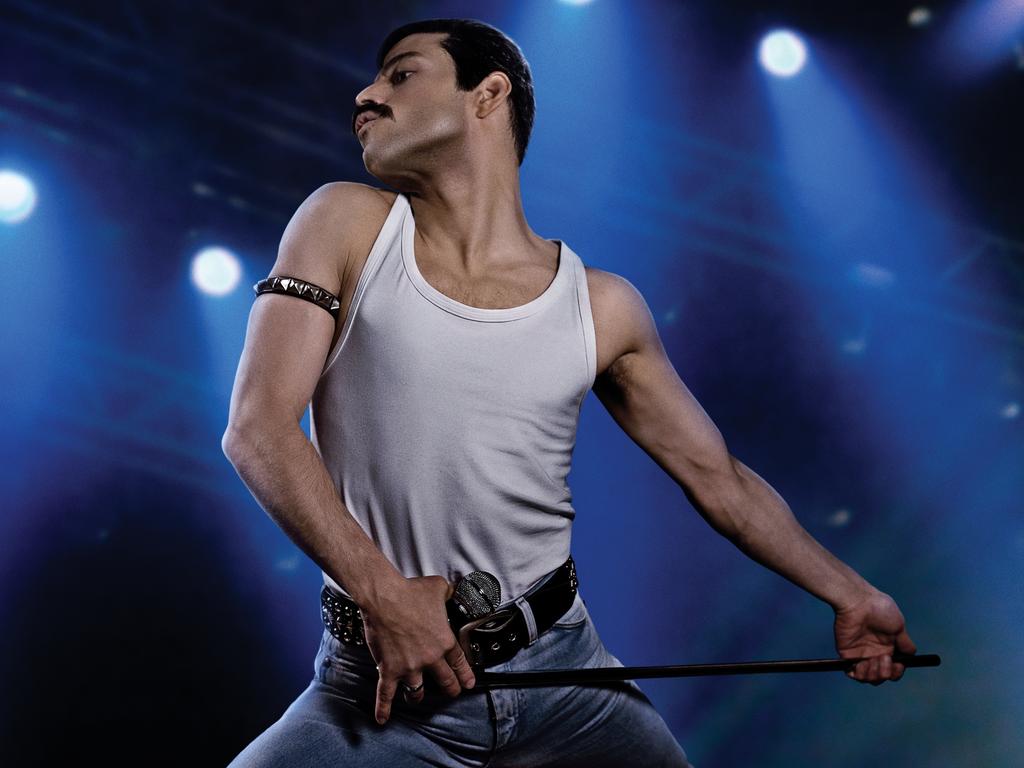
A FALSE ENDING
The apex of the film, and Queen’s career if you believe the narrative presented here, is the band’s triumphant appearance at the Live Aid Concert. In an interesting directorial decision, the film recreates roughly 15 minutes from this gig, with Malek and co doing an impressively faithful rendition of the gig, down to stage choreography. But the impact of this performance is missed. Why did we need to see Bob Geldof getting excited that the benefit concert had reached its monetary target? Why did we need to see Geldof at all?
This was also a disingenuous place to leave the film. Queen achieved some of their most successful career moments after the Live Aid Concert, releasing three number one albums between 1986 and 1991 (plus a fourth with 1995’s Made In Heaven after Mercury’s death), which include many of their best-loved songs.
Around the time of Live Aid, Mercury was also working with Michael Jackson, which seems an odd thing to omit from the film. Again, we got to see Geldof, but not Jackson? Want to hear a great story about how those collaborations broke down? Mercury was uncomfortable with Jackson’s insistence on bringing his pet llama to the studio. His pet llama! How did that not make the film, while a laboured scene in which we see John Deacon present the bassline to Another One Bites The Dust did? At any rate, Mercury’s first solo record, presented as a sidestep and a failure in the film, was in truth a well-received top 10 hit, which he fiercely protected, drove and laboured over for two years.
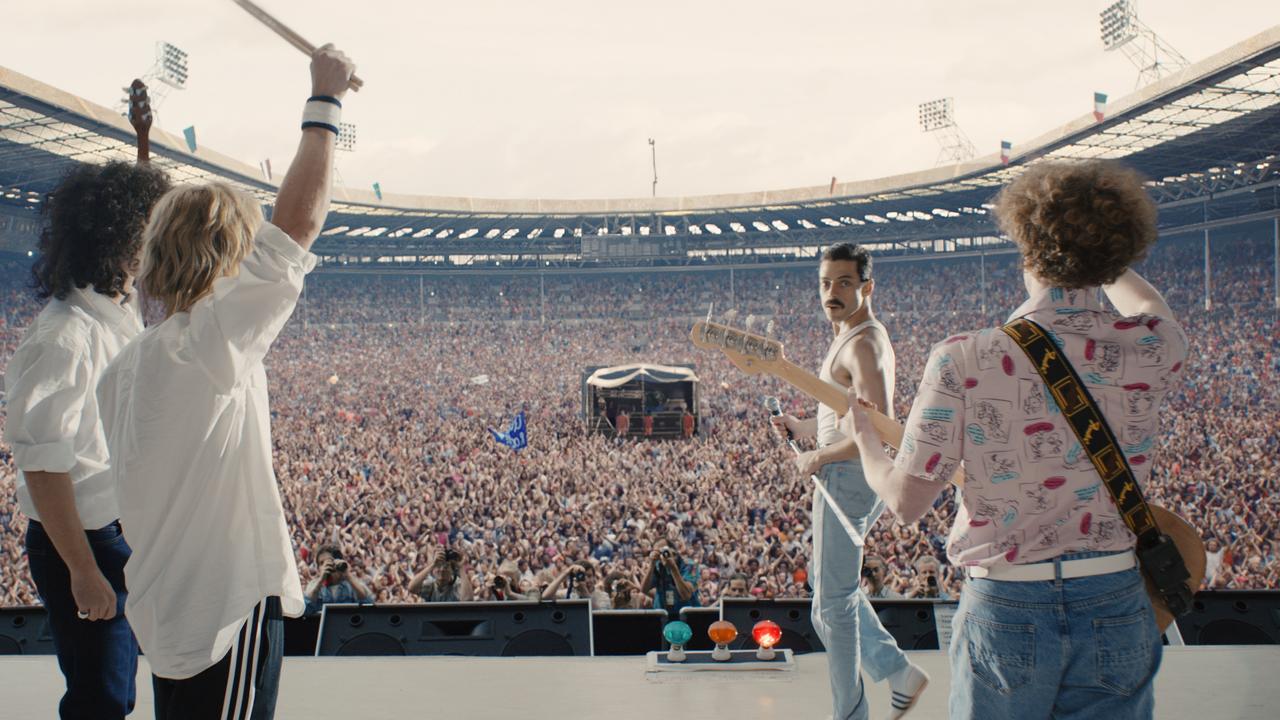
The film also completely skirts over Freddie’s HIV diagnosis, showing none of the anguish he felt about this bombshell. Instead, we fast-forward to a chirpy Mercury imploring the other three members to cheer up and not let this spot of bother hamper rehearsals for the big show. Where the film could have employed some pathos and really delved into these moments, we instead get Mercury struggling with the high notes in a song as the only sign that things aren’t 100 per cent peachy.
The most unforgivable thing about this film, however, is that the timeline of his battle with HIV is warped to serve the narrative of the film. In truth, Mercury wasn’t diagnosed until 1987, some two years after the Live Aid concert. Far from a mere chronological bend, this completely reshapes the crux of the film. Mercury was not performing at Live Aid against all odds, in ill health and with knowledge of his impending death. He was actually riding high off the back of a top 10 solo album, a reassembled band and a recent Queen album The Works, which hit number two.
When the emotional heart of the film is presented in such a false manner, while actual heartache, anguish and truthful moments are avoided altogether, you have to ask: what’s the point?
Still, I’ve gotta admit, the soundtrack is great.
- Nathan Jolly is a Sydney-based writer who specialises in pop culture, music history, true crime and true romance. Follow him on Twitter @nathanjolly



